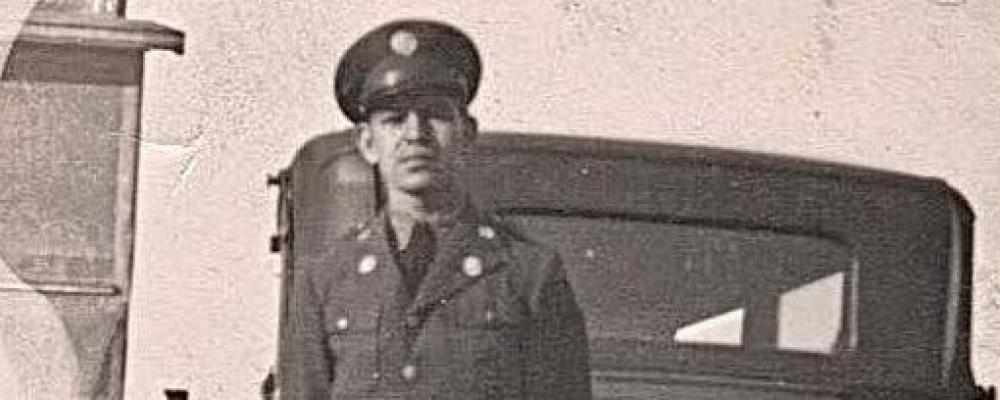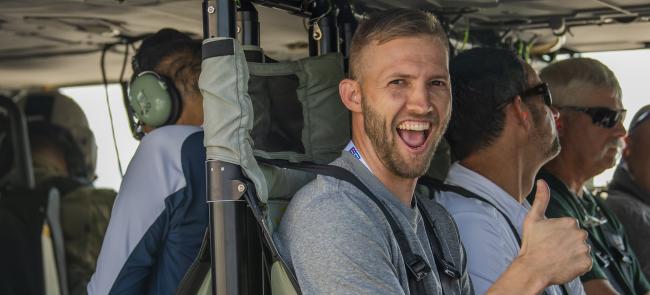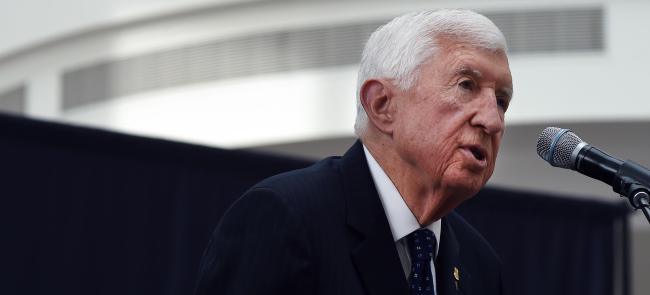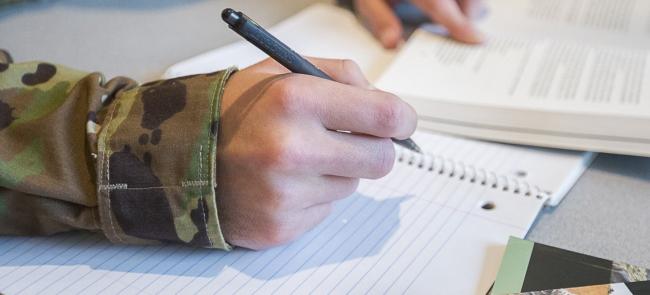
A National Guardsman who died as a prisoner of war during World War II has been identified and will return home, according to the Defense POW/MIA Accounting Agency.
Army Pfc. Harry Jerele, of Berkeley, Illinois, died Dec. 28, 1942, at the Cabanatuan POW camp in the Philippines, the DPAA said in an April 18 press release.
Jerele’s remains were identified Dec. 20, 2023, and he will ultimately be buried in Elwood, Illinois, on Oct. 6.
Before his death, Jerele served in Company B of the Illinois Army Guard’s 192nd Tank Battalion, the Illinois Guard said in an April 19 press release.
Jerele will be buried with full military honors at the Abraham Lincoln National Cemetery in Elwood, Illinois, almost 83 years after World War II began.
"This is a miracle," Rosemary Dillon, Jerele’s primary next of kin, said in DPAA’s press release. "What a joyous occasion it will be when he is finally laid to rest in his home country.
"I only wish my mother and grandmother were here to witness his homecoming," she added, referencing Jerele’s sister and mother, respectively.
Jerele was a member of the Illinois Guard when his unit was activated for federal service in the summer of 1941.
Company B reached the Philippines in December 1941, mere days before Japan invaded the chain of islands.
Intense fighting between American and Japanese forces then lasted until the United States surrendered the Bataan Peninsula on April 9, 1942.
Jerele was among the Americans who were reported captured once the peninsula was surrendered.
These prisoners were then forced to trudge 65 miles to the Cabanatuan POW camp.
This trek — which is now infamous as the Bataan Death March — took some prisoners up to two weeks and involved illnesses, high temperatures and scant food or water.
Jerele was buried in Common Grave 804 at Cabanatuan Camp Cemetery after dying in December 1942, according to historical records from sources including his prison camp.
He was one of more than 2,500 POWs who died in the Cabanatuan POW camp during World War II, DPAA said.
Jerele’s remains were one of two sets that the American Graves Registration Service initially declared unidentifiable in 1947.
But in early 2020, these remains were disinterred in Manila, the Philippines, and then sent to DPAA’s laboratory in Washington, D.C.
DPAA scientists used anthropological analysis and circumstantial evidence to help identify Jerele’s remains.
Scientists from the Armed Forces Medical Examiner System also conducted a mitochondrial DNA (mtDNA) analysis during the identification process.
Company B included 104 soldiers from Illinois, many of whom attended the same high school in Maywood, Illinois, before World War II.
The unit suffered 43 casualties during World War II, including 28 deaths from diseases, illnesses and wounds.
Seven soldiers died aboard Japanese POW ships, while eight personnel were killed in action.
Another five soldiers were declared missing in action during World War II.
— By Mark Hensch












